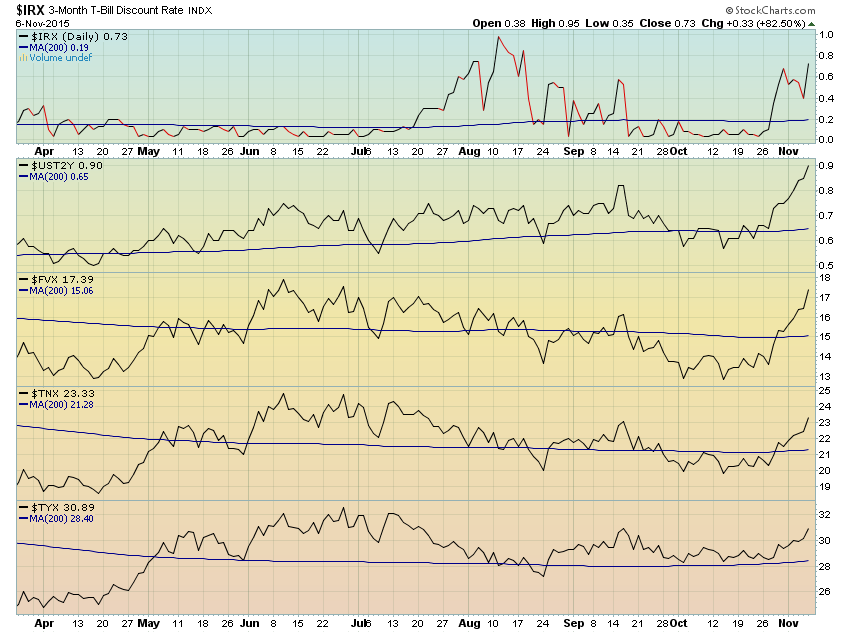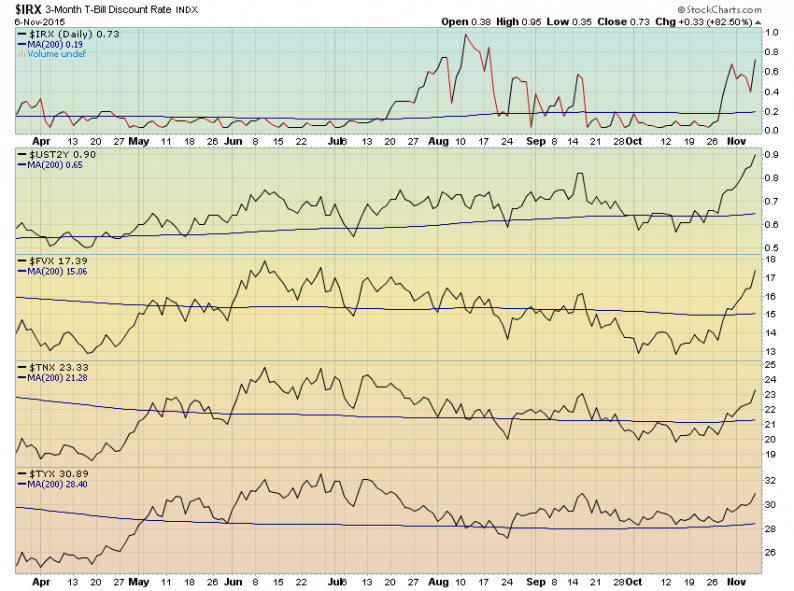The strength in the FANGs (Facebook (FB), Amazon (AMZN), Netflix (NFLX), Google (GOOGL)) is what’s holding up the stock market this year. This is no secret. Everyone’s been talking about our new version of the “Nifty 50,” which is today something more along the lines of the “Nifty 4.”
In actual fact, it could really be considered the “Nifty 1” as Amazon has seen its stock price more than double this year, adding over $170 billion in market cap. Now at over $300 billion, the stock is now the 7th largest component of the S&P 500, making up 1.4% of the index. Coincidentally, that index is up just about 1.4% for the year right now so in some respects you could argue this one stock is responsible for essentially all of the gains in the index (I know this isn’t mathematically exactly accurate but the general point remains).

It seems the bullishness surrounding Amazon’s rise this year is due to the fact that it continues to take more and more market share from the likes of Wal-Mart, Target and others. This is partly evidenced by the fact these latter companies have seen their own stocks hammered recently to one degree or another. Yes, it’s once again “clicks versus bricks” in the financial markets.
To justify it’s current valuation, investors have talked about Amazon’s ability to one day, “turn on the profits.” Right now the company is simply focused on taking market share and during this process they don’t care about making any profit at all, as the story goes. But someday, this will change, investors say.
However, one thing Amazon investors may currently be overlooking is that the retail business, even for the best companies in the world, is generally not that profitable. In fact, these companies that Amazon is taking share from all have one thing in common: very thin net profit margins.
So I thought it might be interesting to run a little experiment to see when Amazon might actually grow into its current valuation assuming they do decide to turn on the profits at some point in the future. In doing so, I assumed Amazon would be able to continue to grow its revenues at 18% indefinitely (some might consider this a “heroic” assumption but let’s give Bezos the benefit of the doubt). I then applied the average profit margins of the company’s nearest “bricks and mortar” competitors along with those companies’ average profit multiples in the marketplace to come up with a valuation. Finally, I applied Amazon’s current average profit margin and these multiples just to see what it would look like if they decided to keep the profits spigot unchanged. The results can be seen in the spreadsheet below.














Leave A Comment